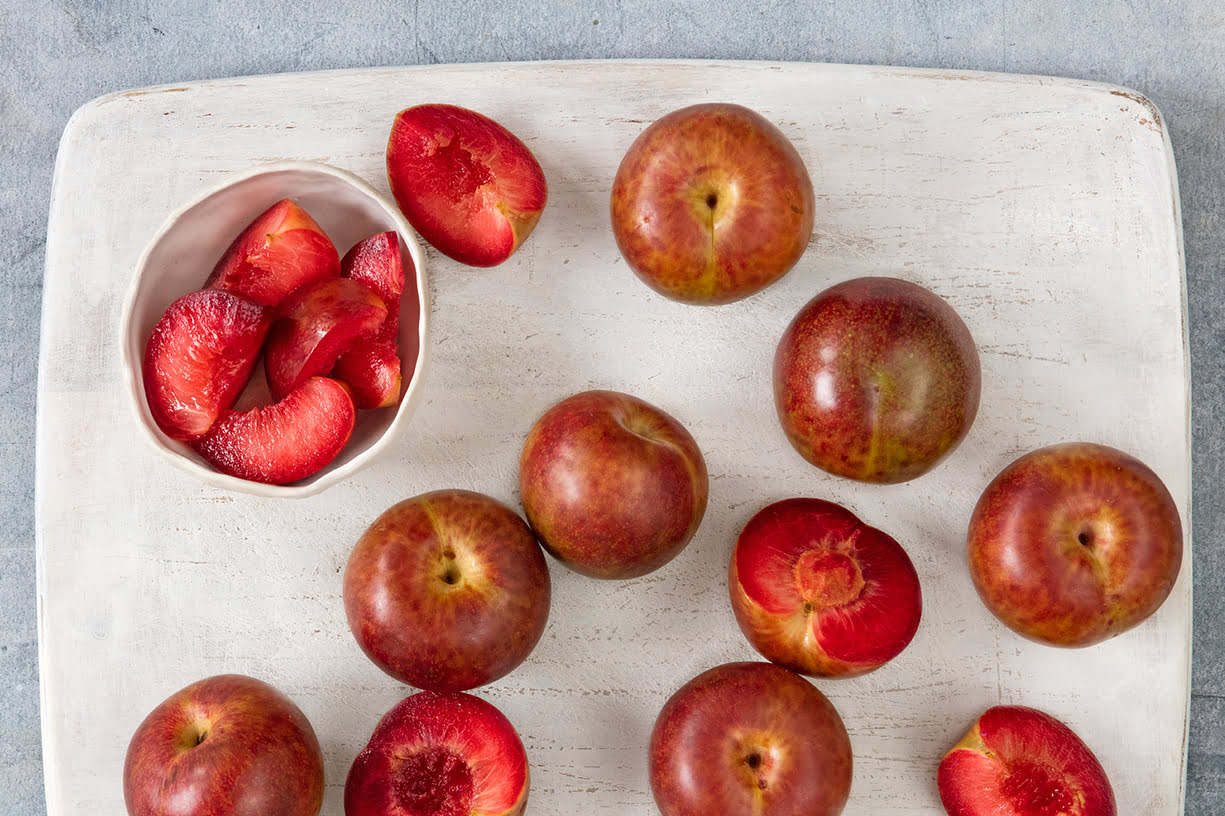

Articles
How To Store Pluots
Modified: February 24, 2024
Looking for articles on how to store pluots? Find expert tips and tricks to keep your pluots fresh and delicious for longer.
(Many of the links in this article redirect to a specific reviewed product. Your purchase of these products through affiliate links helps to generate commission for Storables.com, at no extra cost. Learn more)
Introduction
Pluots are a delicious and unique fruit that combines the sweetness of plums with the juiciness and smooth texture of apricots. With their vibrant colors and sweet flavors, pluots are a popular choice for both snacking and cooking. However, like any fruit, pluots have a limited shelf life and can spoil if not stored properly.
In this article, we will explore the various methods of storing pluots to extend their freshness and preserve their flavor. Whether you have a surplus of ripe pluots or want to enjoy their goodness year-round, we have you covered with tips and techniques for storing pluots in the best way possible.
So, if you’re ready to learn how to keep your pluots fresh and tasty, let’s dive in!
Key Takeaways:
- Store pluots by refrigerating, freezing, canning, or infusing with alcohol to preserve their sweetness and nutritional benefits. Proper preparation and handling ensure extended enjoyment of this delightful fruit.
- Explore alternative methods like drying, making purée, pickling, or creating fruit leathers to savor pluots year-round. Label, date, and regularly check stored pluots for optimal freshness and flavor.
Read more: How To Store Basil From Store
Understanding Pluots
Before we delve into the various methods of storing pluots, let’s take a moment to understand what exactly a pluot is. Pluots, also known as plumcots, are a hybrid fruit that originated from crossbreeding plums and apricots. They were first developed by a horticulturist named Floyd Zaiger in the late 20th century.
Pluots come in a range of colors, from deep purple to yellow and everything in between. They have a smooth skin and a juicy, sweet flesh that can vary in texture depending on the variety. Some pluots are more plum-like, with firmer flesh and tartness, while others lean towards the apricot side, with softer and sweeter flesh.
Pluots are not only delicious but also packed with nutritional benefits. They are a great source of vitamins A and C, as well as dietary fiber. They also contain antioxidants that help protect against cell damage and boost overall health.
When it comes to storage, pluots have a relatively short shelf life compared to other fruits. They are sensitive to temperature and moisture, which means they can spoil quickly if not stored properly. However, with the right techniques, you can extend the freshness of your pluots and enjoy their delectable taste for longer periods.
Now that we have a better understanding of what pluots are, let’s dive into the methods of storing them to maximize their shelf life and retain their flavor.
Choosing the Right Pluots for Storage
When it comes to storing pluots, it’s important to start with the right ones. Choosing pluots that are already ripe and in good condition will ensure they have a longer shelf life and maintain their flavor during storage.
Here are some tips for selecting the right pluots for storage:
- Choose pluots that are fully ripe but still firm. Pluots that are too soft or mushy may not be suitable for storage as they may spoil quickly.
- Look for pluots without any bruises, cuts, or signs of damage. These imperfections can accelerate spoilage.
- Inspect the skin for any blemishes or discoloration. Pluots with smooth and unblemished skin are more likely to stay fresh for longer.
- Consider the variety of pluots. Some varieties are more suitable for storage than others. Research the characteristics of different pluot varieties to find ones that have a longer shelf life.
It’s also worth noting that if you plan on storing pluots for an extended period, it’s advisable to choose slightly underripe ones. This is because pluots continue to ripen after being picked, so selecting slightly underripe ones ensures they won’t become overripe or spoil too quickly during storage.
By carefully selecting the right pluots for storage, you’ll give yourself a better chance of enjoying fresh and flavorful fruit for an extended period. Now that we’ve covered how to choose the right pluots, let’s move on to preparing them for storage.
Preparing Pluots for Storage
Before storing pluots, it’s important to properly prepare them to ensure they stay fresh and maintain their quality. Here are some essential steps to follow when preparing pluots for storage:
- Wash the pluots: Start by gently washing the pluots under cool running water. This helps remove any dirt, debris, and surface bacteria that may be present on the fruit.
- Dry the pluots: After washing, thoroughly dry the pluots with a clean kitchen towel or paper towels. Moisture can accelerate spoilage, so it’s important to remove any excess moisture from the pluots before storing them.
- Remove any damaged fruit: Inspect each pluot and discard any that are bruised, overly soft, or showing signs of rot. Damaged fruit can quickly spoil and can also affect the quality of the surrounding pluots.
- Separate ripe and unripe pluots: If you have a mix of ripe and unripe pluots, it’s best to separate them. Ripe pluots tend to release a natural gas called ethylene, which can speed up the ripening process of nearby fruits. Keeping ripe and unripe pluots apart can help extend their shelf life.
- Handle with care: Pluots have delicate flesh that can bruise easily. Handle them with care to avoid any unnecessary bruising or damage.
By following these preparation steps, you’ll ensure that your pluots are clean, dry, and free from any damage or contaminants. This will help prolong their freshness and maintain their flavor during storage. Now that your pluots are ready, let’s explore the different storage methods for pluots.
Refrigeration
Refrigeration is one of the most common and effective methods to store pluots and extend their shelf life. The cool temperature of the refrigerator slows down the fruit’s ripening process and helps preserve its freshness. Here’s how to refrigerate pluots:
- Sort and organize: Separate ripe and unripe pluots and place them in separate containers or bags. This will prevent the ripe pluots from releasing ethylene and causing the unripe ones to ripen too quickly.
- Place in a crisper drawer: Store the pluots in the crisper drawer of your refrigerator. The controlled humidity in the crisper drawer helps prevent excess moisture loss, keeping the pluots juicy and fresh.
- Avoid overcrowding: Make sure not to overcrowd the pluots in the crisper drawer. Leave some space between the fruits to allow for proper air circulation, which helps maintain their freshness.
- Keep them unwashed: It’s best to refrigerate pluots unwashed. Washing them before storage can introduce moisture, making them more susceptible to spoilage.
- Check and rotate: Regularly check on your pluots in the refrigerator. Remove any overly ripe or spoiled fruits to prevent them from affecting the quality of the others. Additionally, rotate the pluots to ensure even cooling and to avoid any bruises from developing.
When stored in the refrigerator, pluots can typically last for up to a week or even slightly longer, depending on their ripeness at the time of storage. Keep in mind that the texture and flavor of refrigerated pluots may be slightly different from freshly harvested ones. However, they will still be enjoyable and suitable for snacking or incorporating into various recipes.
Refrigeration is an excellent option if you want to enjoy pluots over a few days or if you have a surplus of ripe fruit that you want to preserve. However, if you wish to store pluots for a longer period, freezing or dehydrating them may be a better choice. We will explore these methods in the next sections.
Read more: How To Store Store-Bought Bread
Freezing Pluots
Freezing is a great way to store pluots for an extended period while preserving their flavor and texture. Freezing pluots allows you to enjoy their deliciousness even when they’re out of season. Here’s how to freeze pluots:
- Wash and dry: Start by washing the pluots under cool running water and drying them thoroughly. This removes any dirt or residue on the fruit.
- Pit and slice: Cut the pluots in half and remove the pit. You can also slice them if desired, depending on how you plan to use them later.
- Blanching (optional): Some people prefer blanching pluots before freezing to help preserve their color and texture. To blanch, dip the pluots in boiling water for about 30-60 seconds, then transfer them to an ice bath to cool. Drain them well before freezing.
- Place in freezer-safe containers or bags: Arrange the pluot halves or slices in a single layer on a baking sheet lined with parchment paper. This will prevent them from sticking together during freezing. Once they’re partially frozen, transfer them to freezer-safe containers or bags, removing any excess air as you seal them.
- Label and freeze: Label the containers or bags with the date and contents, then place them in the freezer. Pluots can be kept frozen for up to 6 to 8 months.
When you’re ready to use the frozen pluots, simply remove the desired amount from the freezer and thaw them in the refrigerator or at room temperature. Thawed pluots are best consumed within a day or two and are perfect for adding to smoothies, baked goods, or enjoying as a refreshing frozen treat.
Freezing pluots is a convenient option if you have a surplus of ripe fruit or want to lock in the flavor and goodness for future use. However, if you’re looking for a different way to preserve pluots while maintaining their natural sweetness, dehydrating might be the method for you. Let’s explore it next.
Dehydrating Pluots
Dehydrating pluots is a fantastic way to preserve their natural sweetness while creating a delicious and nutritious snack. Dehydrated pluots make for a tasty and convenient treat that can be enjoyed on their own or added to trail mixes, granola, or baked goods. Here’s how to dehydrate pluots:
- Wash and dry: Begin by washing the pluots under cool running water and patting them dry with a clean kitchen towel.
- Pit and slice: Cut the pluots in half and remove the pits. Slice them into even pieces of about 1/4-inch thickness. Uniform slices will ensure even drying.
- Pre-treat (optional): Some people choose to pre-treat the pluot slices to help preserve their color and prevent browning. You can dip them in lemon juice or a citric acid solution for a few minutes before dehydrating. This step is optional but can help maintain the fruit’s visual appeal.
- Arrange on dehydrator trays: Place the pluot slices on dehydrator trays, making sure they are in a single layer without overlapping. Leave some space between the slices for air circulation.
- Dehydrate at low heat: Set the dehydrator to a low temperature, around 135°F (57°C), and let the pluots dry for about 10-12 hours. The exact time may vary depending on the thickness of the slices and the moisture content of the fruit.
- Check for doneness: After the recommended time, check the slices for dryness. They should be pliable but not sticky or moist. If needed, continue to dehydrate for additional time until they reach the desired consistency.
- Cool and store: Once the pluots are fully dehydrated, remove them from the dehydrator and allow them to cool completely. Store them in airtight containers or resealable bags in a cool, dry place. Dehydrated pluots can last for several months.
When you’re ready to enjoy the dehydrated pluots, they can be eaten as is or rehydrated by soaking them in water or fruit juice for a few minutes before use. Their concentrated sweetness and chewy texture make them a delightful snack packed with natural flavors.
Dehydrating pluots not only helps preserve their shelf life, but it also intensifies their flavors, making them a versatile ingredient for various culinary creations. However, if you prefer pluots in a different form, such as preserves or syrups, canning them might be the way to go. Let’s explore that next.
Store pluots in the refrigerator in a plastic bag to keep them fresh. Keep them separate from ethylene-producing fruits to prevent overripening.
Canning Pluots
Canning pluots is an excellent way to preserve their goodness and enjoy their flavors throughout the year. Canned pluots can be used in a variety of recipes, such as pies, tarts, jams, and sauces. Here’s how to can pluots:
- Wash and peel (optional): Start by washing the pluots under cool running water. If desired, you can blanch them in boiling water for a few seconds to make peeling easier. Plunge them into an ice bath, then peel off the skins.
- Prepare a syrup: In a large saucepan, prepare a syrup by combining water and sugar. The ratio of water to sugar will depend on your preference for sweetness. Bring the syrup to a boil, stirring until the sugar has dissolved.
- Prepare pluots: Cut the pluots in half and remove the pits. Depending on your preference, you can leave them as halves or slice them further.
- Pack the jars: Pack the pluot halves or slices into sterilized jars, leaving a 1/2-inch (1.27 cm) headspace at the top. Pour the hot syrup over the pluots, ensuring they are completely submerged.
- Remove air bubbles: Use a non-metallic utensil, such as a chopstick or plastic spatula, to remove any air bubbles trapped in the jars. Gently press down on the pluots to release any air pockets.
- Seal the jars: Wipe the rims of the jars with a clean, damp cloth to remove any residue. Place the lids on the jars and secure them with bands, making sure to tighten them just until finger tight.
- Process in a water bath: Submerge the jars in a boiling water bath canner and process them for the recommended time based on your altitude and jar size. This will ensure the jars are properly sealed and the pluots are safely preserved.
- Allow to cool and check seals: Once the processing time is complete, carefully remove the jars from the water bath and place them on a towel-lined surface. Let them cool undisturbed for several hours or overnight. Afterward, check the seals by pressing down on the center of the lid. If it doesn’t flex or make a popping sound, the jar is sealed.
- Store and enjoy: Label the sealed jars with the date and contents, then store them in a cool, dark pantry. Canned pluots can last for up to a year, but it’s best to consume them within 6-8 months for maximum flavor and quality.
Canned pluots are a fantastic way to prolong their shelf life while preserving their natural sweetness. Whether you enjoy them as a standalone snack or use them in delicious recipes, homemade canned pluots will bring a burst of flavor to your dishes throughout the year.
If you prefer a different approach for storing pluots, such as keeping them in syrup or alcohol, we’ll explore those methods next.
Storing Pluots in Syrup
Storing pluots in syrup is a delightful way to preserve their sweetness and enhance their flavor. Pluots stored in syrup can be enjoyed on their own, used as a topping for desserts, or incorporated into various recipes. Here’s how to store pluots in syrup:
- Wash and peel (optional): Begin by washing the pluots under cool running water. If desired, you can blanch them in boiling water for a few seconds to make peeling easier. Plunge them into an ice bath, then peel off the skins.
- Pit and slice: Cut the pluots in half and remove the pits. Slice them into desired thickness, keeping in mind that thinner slices will absorb the syrup more thoroughly.
- Prepare a syrup: In a large saucepan, combine water, sugar, and any additional flavorings such as vanilla bean or cinnamon sticks. Bring the syrup to a boil and stir until the sugar has dissolved.
- Pack the jars: Pack the pluot slices into sterilized jars, leaving a 1/2-inch (1.27 cm) headspace at the top. Pour the hot syrup over the pluots, ensuring they are completely covered.
- Remove air bubbles: Use a non-metallic utensil, such as a chopstick or plastic spatula, to remove any air bubbles trapped in the jars. Gently press down on the pluots to release any air pockets.
- Seal the jars: Wipe the rims of the jars with a clean, damp cloth to remove any residue. Place the lids on the jars and secure them with bands, tightening them just until finger tight.
- Process in a water bath (optional): If you intend to store the jars at room temperature, you can process them in a boiling water bath canner for the recommended time based on your altitude and jar size to ensure proper sealing and safety. Alternatively, you can store the jars in the refrigerator.
- Allow to cool and infuse: Whether processed or refrigerated, let the jars cool to room temperature. Once cooled, place them in the refrigerator and allow the pluots to infuse in the syrup for at least 24 hours before enjoying.
- Store and enjoy: Label the jars with the date and contents, and store them in the refrigerator for up to several weeks. Pluots stored in syrup make for a delectable treat on their own or can be used in a variety of recipes.
Storing pluots in syrup not only extends their shelf life but also enhances their natural sweetness and creates a luscious, fruit-infused syrup. Experiment with different flavor combinations by adding spices or herbs to the syrup to suit your taste preferences.
If you’re intrigued by the idea of infusing pluots with alcohol for a unique twist, we’ll explore that method next.
Read more: How To Store Basil From Grocery Store
Storing Pluots in Alcohol
Storing pluots in alcohol not only preserves their flavors but also infuses them with the unique characteristics of the chosen spirit. This method creates a delightful and versatile ingredient that can be used in cocktails, desserts, or enjoyed as a boozy treat on its own. Here’s how to store pluots in alcohol:
- Wash and prep the pluots: Begin by washing the pluots under cool running water. Pat them dry with a clean kitchen towel. You can choose to leave the pluots whole or slice them, depending on your preference.
- Select your alcohol: Choose a high-proof alcohol, such as vodka, brandy, or rum, to preserve the pluots and extract their flavors. The alcohol should have a minimum of 40% alcohol by volume (ABV) to ensure proper preservation.
- Pack the pluots in a jar: Place the pluots in a sterilized jar, leaving some space at the top. Ensure that the pluots are tightly packed but not crushed. For added flavor, you can add spices, herbs, or even citrus zest to the jar.
- Add the alcohol: Pour the chosen alcohol into the jar, completely covering the pluots. Make sure that all the pluots are fully submerged and there are no air pockets.
- Seal the jar: Wipe the rims of the jar to remove any residue. Place the lid on the jar and secure it tightly. Shake the jar gently to distribute the alcohol and ingredients.
- Store in a cool, dark place: Store the jar in a cool, dark place to allow the pluots to infuse in the alcohol. Aim for a temperature range of 55°F to 65°F (13°C to 18°C). Let the pluots infuse for at least one to two weeks, or longer for a more intense flavor.
- Shake periodically: During the infusion process, gently shake the jar every few days to ensure that the pluots and alcohol are evenly mixed.
- Strain and store: After the desired infusion time, strain the infused alcohol through a fine-mesh sieve or cheesecloth to remove any fruit solids and debris. Transfer the strained liquid into a clean, airtight container or bottle for long-term storage.
The alcohol-infused pluots can be kept for an extended period, similar to the shelf life of the chosen alcohol. They can be used in a variety of cocktails, mixed drinks, or even enjoyed on their own as a boozy treat. Experiment with different liquors and additional flavorings to create your unique combinations.
Whether you choose to store pluots in syrup, alcohol, or explore other methods of preservation, these techniques will allow you to enjoy the delightful flavors of pluots throughout the year. Now that you’re equipped with various methods of storing pluots, it’s time to put your knowledge into practice and savor the deliciousness of this hybrid fruit for extended periods.
Other Methods of Storing Pluots
In addition to refrigeration, freezing, canning, storing in syrup, and infusing with alcohol, there are a few other methods you can explore for storing pluots. While these methods may not preserve the fruit’s original texture and flavor as well as the previous methods, they can still be effective in their own right. Here are a few other methods of storing pluots:
- Drying: Pluots can be dried to create a chewy, concentrated fruit snack. You can use a food dehydrator or an oven set to a low temperature to slowly dry the pluots. Once dried, store them in an airtight container in a cool, dark place.
- Purée or jam: Another option is to make pluot purée or jam. Simply blend or cook the pluots with sugar to create a smooth purée or a thick, spreadable jam. Store the purée or jam in sterilized jars in the refrigerator for up to several weeks.
- Vinegar preserves: Pluots can be preserved in vinegar to create tangy and flavorful pickled pluots. Combine vinegar, sugar, and spices in a saucepan, bring to a boil, then pour the hot mixture over pluots in sterilized jars. Seal the jars and store them in the refrigerator.
- Fruit leathers: Turn pluots into homemade fruit leathers by puréeing them and spreading the puree thinly onto a baking sheet. Slowly dry the puree in the oven or a food dehydrator until it becomes flexible and leathery. Cut into strips and store in an airtight container.
While these alternative methods may alter the texture and flavor of pluots to some extent, they offer creative ways to enjoy the fruit even when it’s out of season. Experiment with different techniques and recipes to find the storage method that best suits your preferences.
Remember, regardless of the method you choose, always use clean and high-quality pluots for storage. Inspect the fruit for any signs of spoilage or damage before proceeding with the storage process. Proper preparation and storage techniques will ensure that your pluots remain fresh and delicious for as long as possible.
Now that you have a range of methods for storing pluots at your disposal, you can confidently enjoy the delightful flavors of pluots all year round. Happy storing and savoring!
Tips for Storing Pluots
To ensure optimal freshness and flavor when storing pluots, consider the following helpful tips:
- Handle with care: Pluots have delicate flesh and can bruise easily, so handle them gently to avoid any unnecessary damage.
- Choose ripe pluots for immediate use: If you plan to consume pluots right away, choose ones that are fully ripe and enjoy their peak flavor.
- Separate ripe and unripe pluots: Keep ripe and unripe pluots separate to prevent the ethylene released by ripe fruits from hastening the ripening process of the unripe ones.
- Store in the refrigerator: If you want to extend the shelf life of pluots, refrigeration is the most effective method. Place them in the crisper drawer to maintain humidity and prevent dehydration.
- Freeze for long-term storage: If you have an abundance of pluots, consider freezing them to enjoy their flavors throughout the year. Just ensure they are properly washed, pitted, and sliced before freezing.
- Dehydrate for a tasty snack: Dehydrating pluots can create a chewy and flavor-packed snack that can be enjoyed on its own or added to various recipes.
- Canning for preservation: Canning pluots in syrup allows you to preserve their sweetness and enjoy them in pies, tarts, jams, and more throughout the year.
- Infuse with alcohol for a unique twist: Storing pluots in alcohol not only preserves their flavors but also produces a delicious ingredient for cocktails, desserts, and indulgent treats.
- Label and date containers: Whether you’re refrigerating, freezing, or canning pluots, always label the containers with the date and contents. This will help you keep track of the storage time and ensure you consume them within a reasonable period.
- Regularly check for spoilage: Periodically inspect stored pluots for any signs of spoilage. Remove any moldy or overly soft fruits to prevent them from affecting the quality of the remaining ones.
By following these tips, you can maximize the shelf life of pluots and enjoy their delectable flavors for as long as possible. Remember to use your best judgment and prioritize the freshness and quality of the fruit when deciding on the storage method that suits your needs.
Now that you have a toolbox of storage techniques and tips, make the most of your pluots, whether they’re in season or not. Happy storing and savoring!
Conclusion
Storing pluots properly can make all the difference in preserving their freshness, flavor, and nutritional value. Whether you have a surplus of ripe pluots or want to enjoy their goodness throughout the year, there are various methods to meet your storage needs.
In this article, we explored different techniques such as refrigeration, freezing, canning, storing in syrup, infusing with alcohol, drying, making purée or jam, pickling, and creating fruit leathers. Each method offers its own unique benefits and allows you to enjoy pluots in different forms and recipes.
When storing pluots, it’s important to begin by selecting the right ones for storage – ripe yet firm, without any damage or blemishes. Properly preparing pluots by washing, drying, and removing any damaged fruit is crucial to maintaining their quality during storage.
You can extend the freshness of pluots by refrigerating them in the crisper drawer, freezing them for longer-term storage, canning them in syrup, or infusing them with alcohol to add a unique twist. Other methods such as drying, making purée or jam, pickling, or creating fruit leathers provide alternative ways to enjoy pluots even when they’re out of season.
Don’t forget to label and date your stored pluots to keep track of their storage time, and regularly check for any signs of spoilage to discard any affected fruits.
By following these methods, tips, and precautions, you can ensure that your pluots retain their delicious flavors and nutritional benefits long after they’re harvested.
So, the next time you find yourself with an abundance of pluots or want to enjoy their sweetness year-round, refer back to this article and choose the storage method that suits your preferences and needs. With proper storage, you can savor the delightful flavors of pluots in various forms and recipes, adding a burst of sweetness to your culinary adventures.
Happy storing and enjoy the deliciousness of pluots!
Frequently Asked Questions about How To Store Pluots
Was this page helpful?
At Storables.com, we guarantee accurate and reliable information. Our content, validated by Expert Board Contributors, is crafted following stringent Editorial Policies. We're committed to providing you with well-researched, expert-backed insights for all your informational needs.
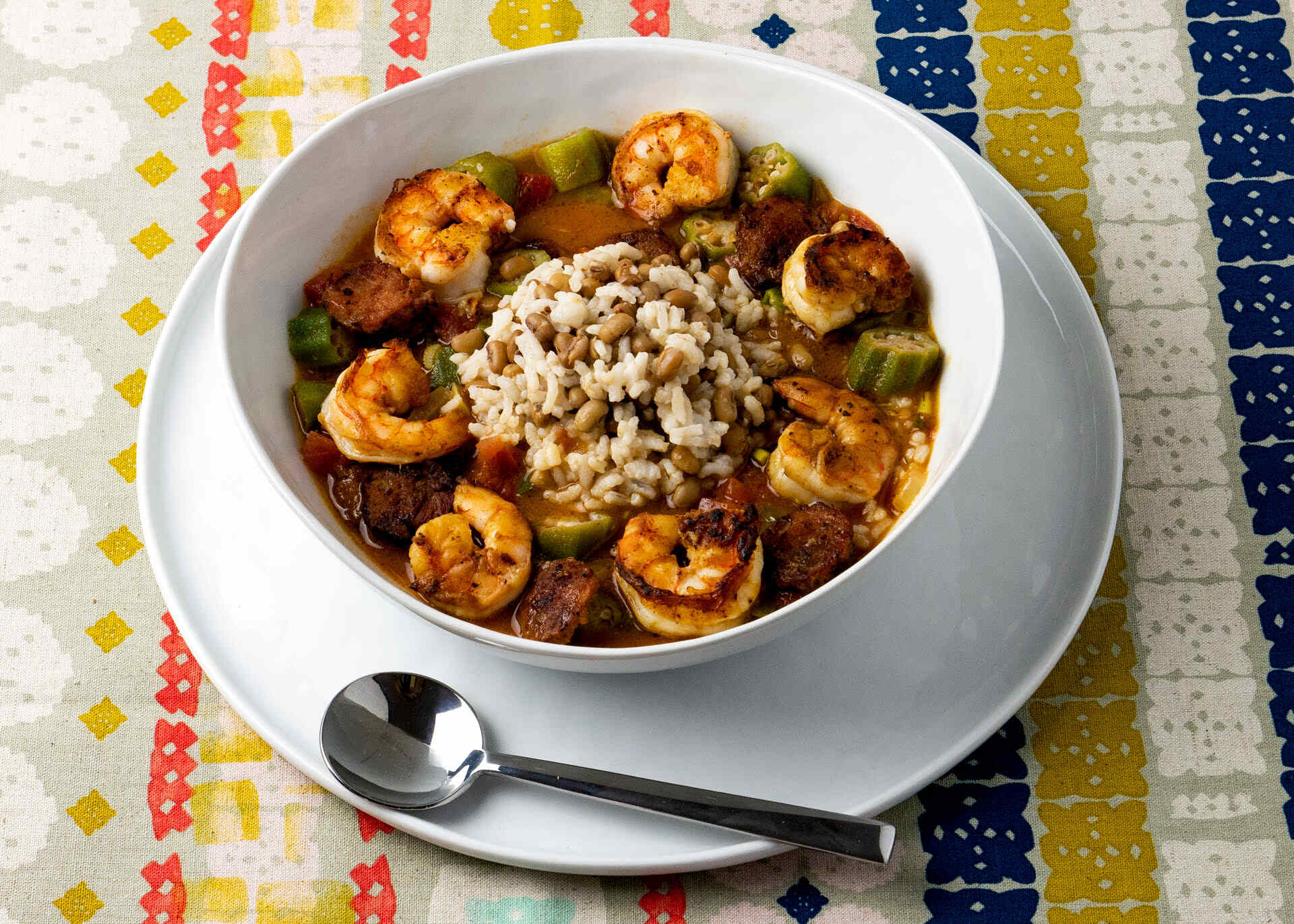

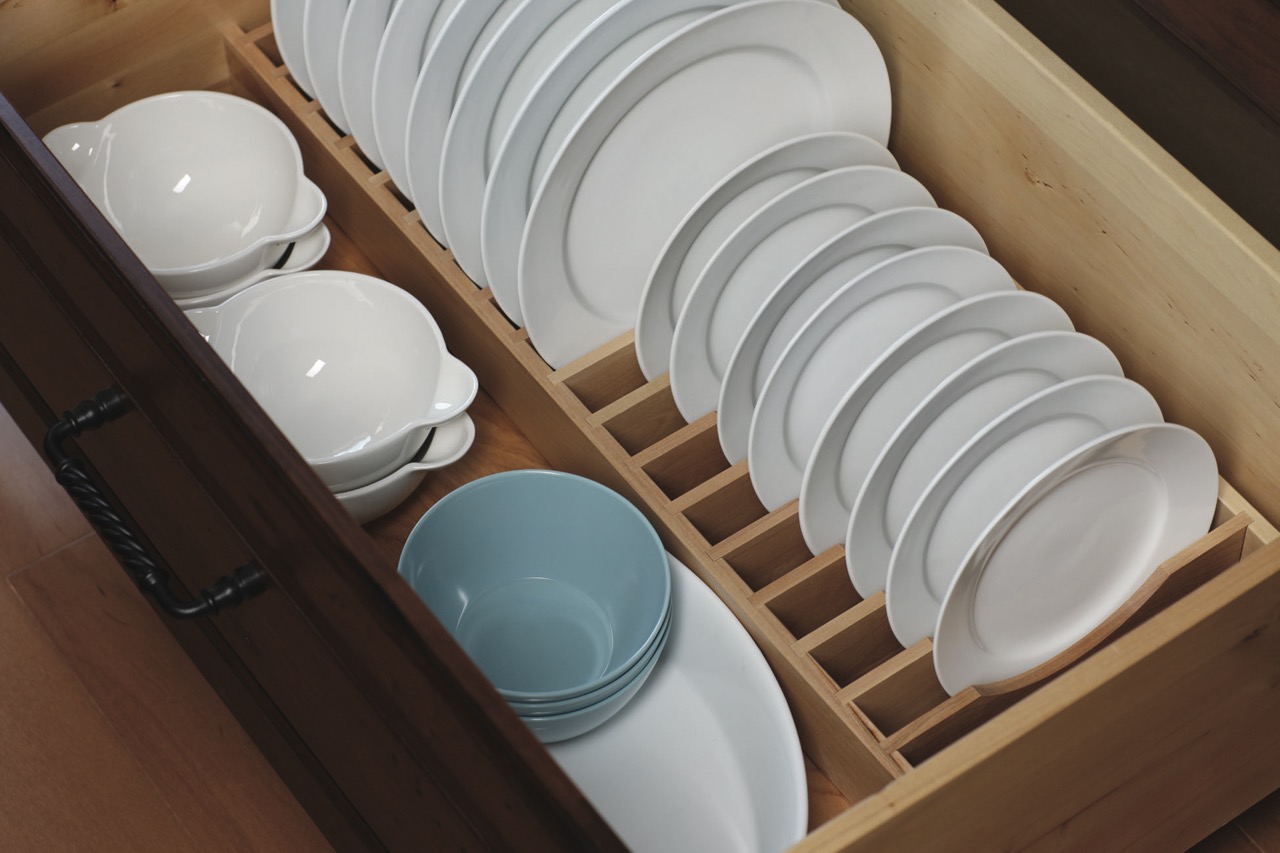
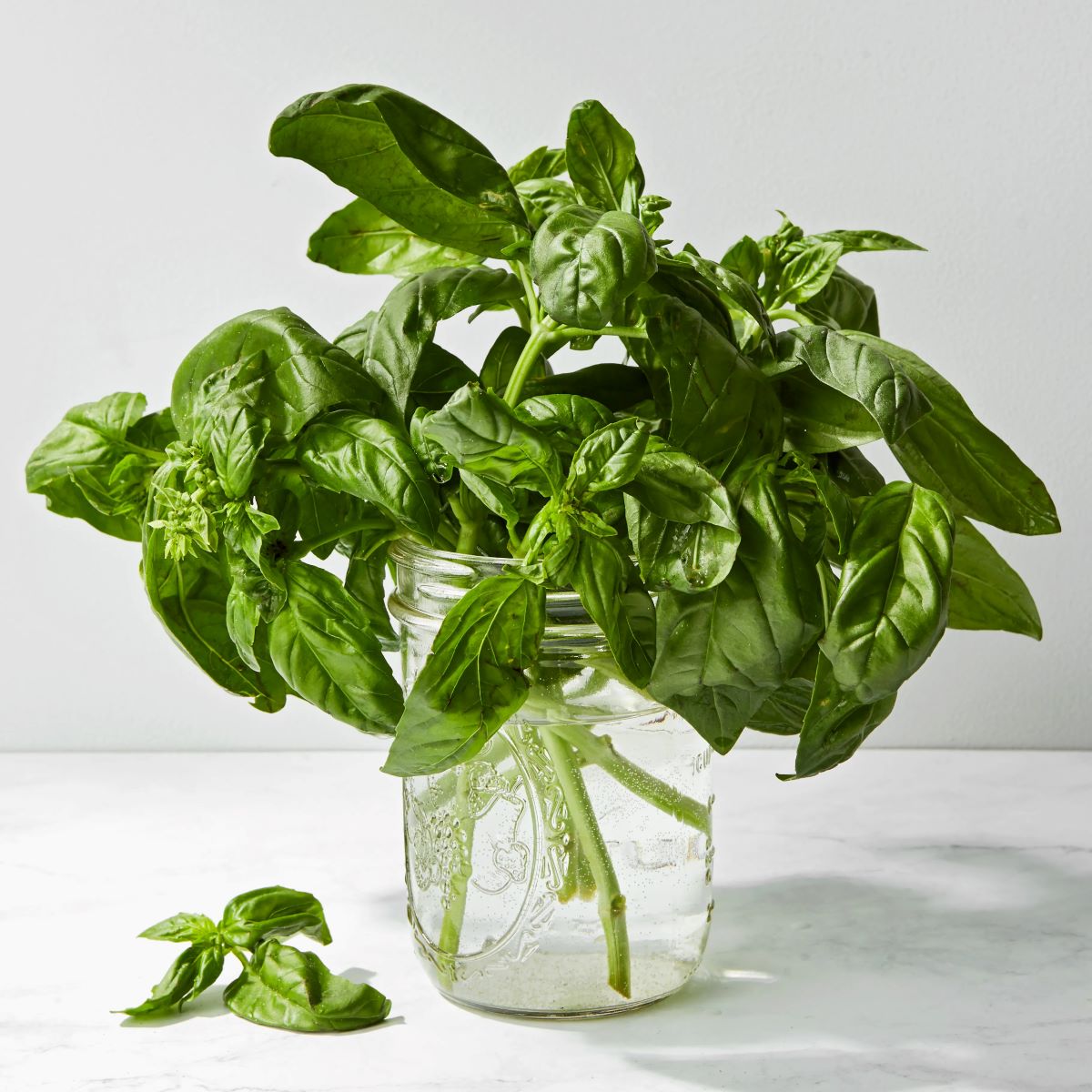
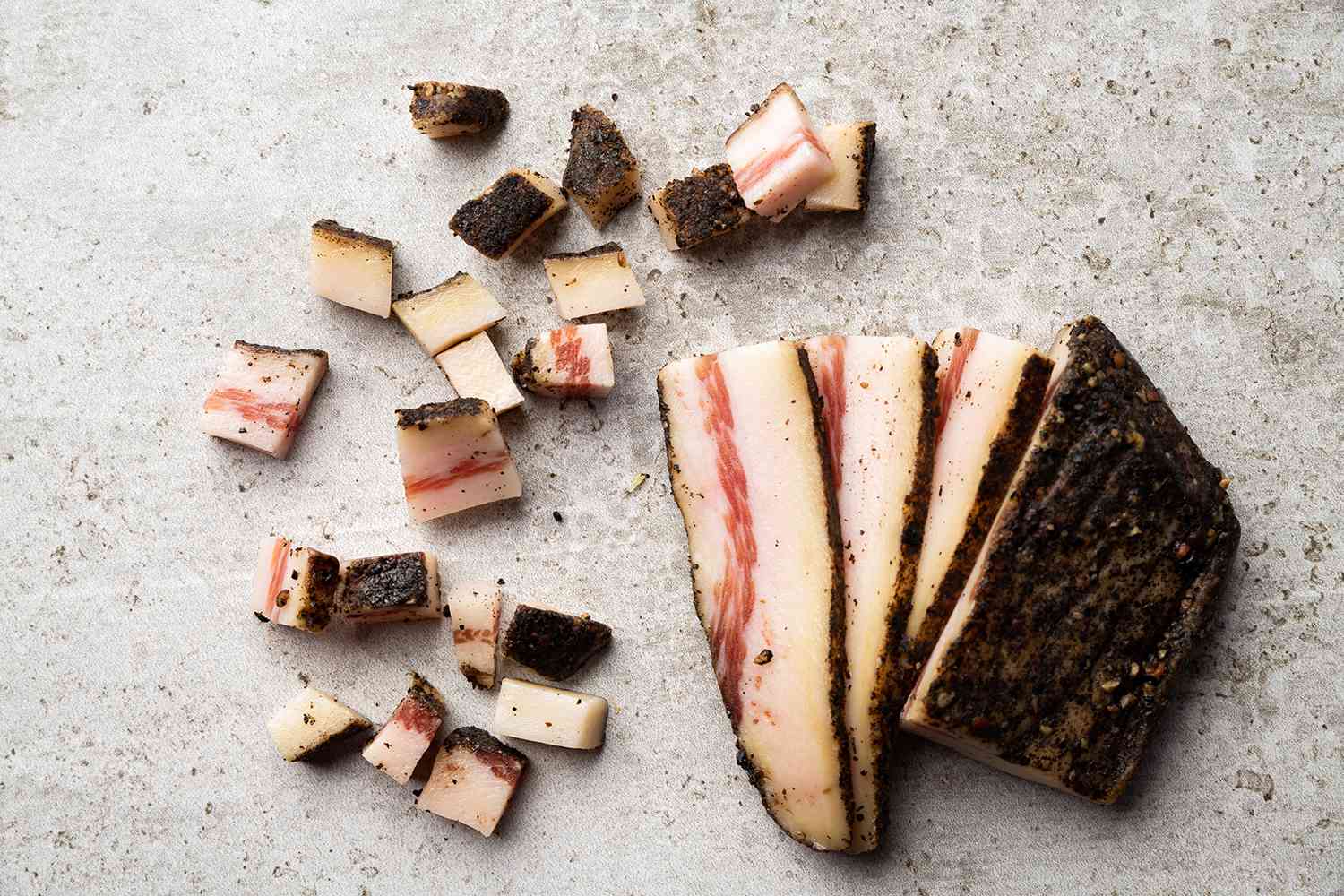


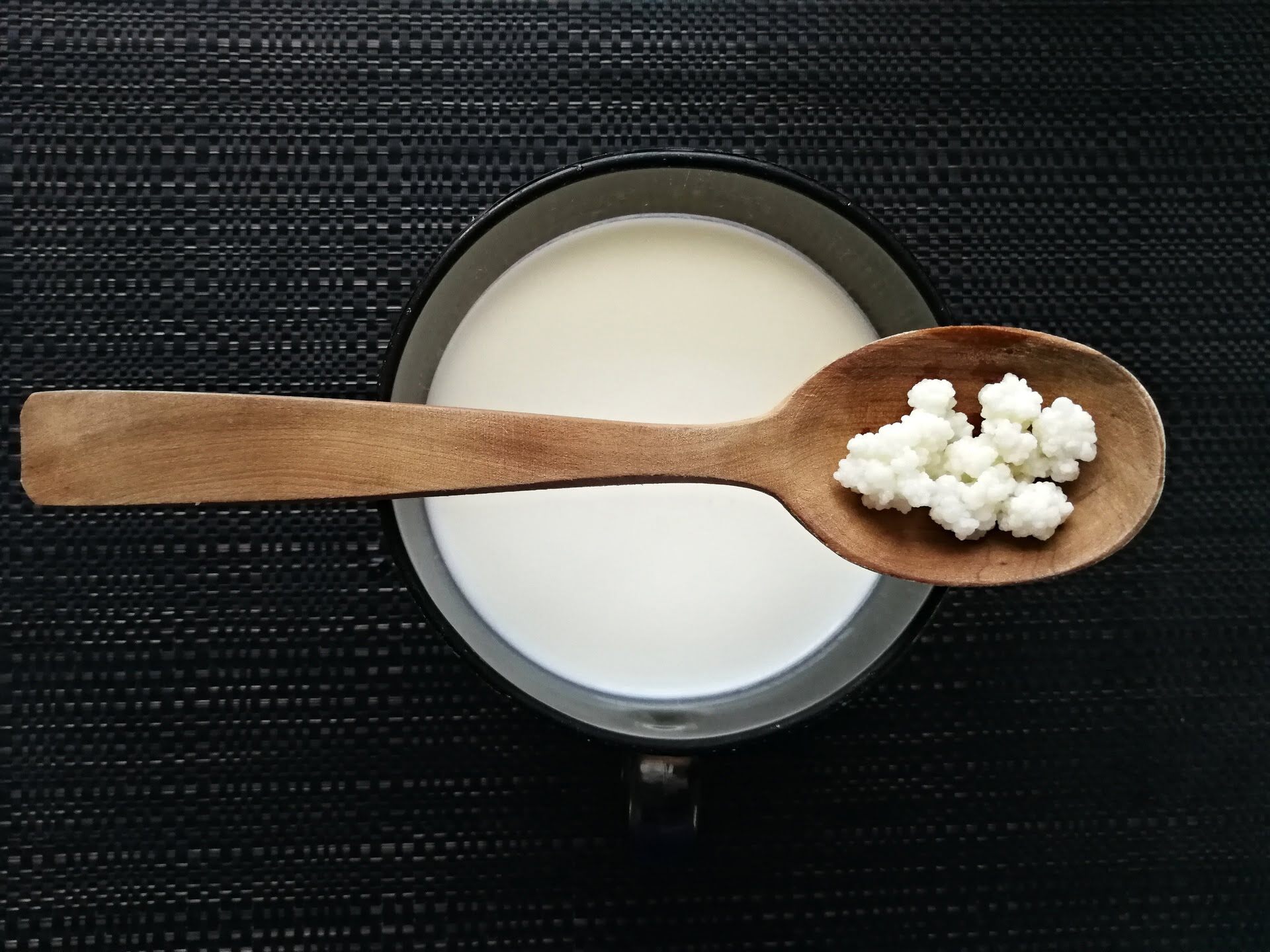






0 thoughts on “How To Store Pluots”